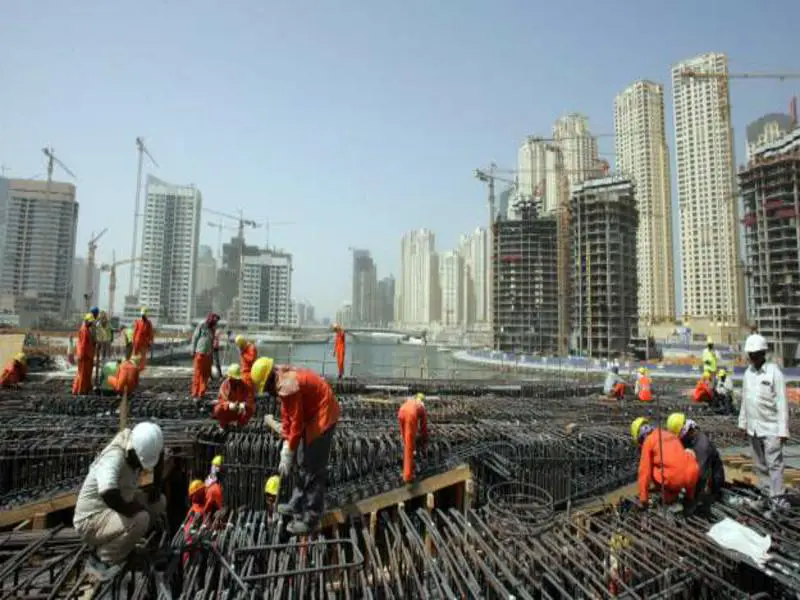The government of Tanzania has allocated at least 806 acres of land for construction of new industries in the country’s northern city Arusha.
Construction is set to take place on the southern fringes of the 272 square-kilometer metropolitan area. Oljoro, Olmoti and Terrat suburbs will accommodate the new industrial site as per the Arusha 2035 Master Plan prepared by consultants from Singapore.
A survey has been completed marking 300 plots for public use in various conducive suburban environment. Out of it, 11 plots were marked for small scale industries. The inoperative Public Sector Pension Fund (PSPF) has surveyed 234 plots for development.
Construction of a hospital and other health facility will be constructed on four plots while 42 for schools. The Arusha Urban Water Supply and Sanitation Authority (Auwsa) have set aside six plots for developmental projects. Two plots have also been set aside by unspecified investors.
Additionally, supporting infrastructure is being constructed such as a 7.15 kilometer paved road network. The industrial development is said to take Arusha to another growth level.
Also Read:Tanzania allocates US $8.7m for Lake Ngozi geothermal project
Tanzania’s industrial development
In the last five years, Tanzania has experienced an average annual industrial growth rate of 8 per cent contributing to 25 per cent to the country’s GDP. In order to become a semi-industrialized country, the contribution of manufacturing to the national economy must reach a minimum of 40% of the GDP by 2025. For the desired industrial development to take place, the Foreign Direct Investments (FDIs) are expected to provide the capital.
Industrial zones such as Unga Limited, the old town south of the city Center, Themi area and Kisongo have traditionally been the major zones. Other industries such as Tanzania Breweries Limited (TBL) plant, steel rolling mills and a host of food processing plants have however taken the lead
Tanzania’s general industrial structure comprises of manufacturing 53%, processing 43 per cent and assembling industries 4%.

